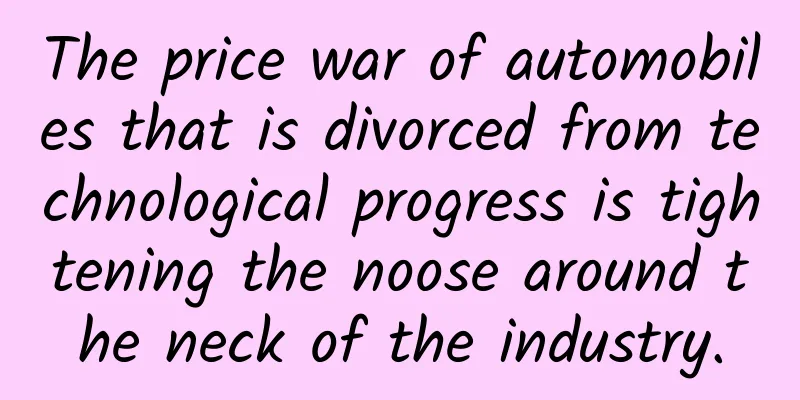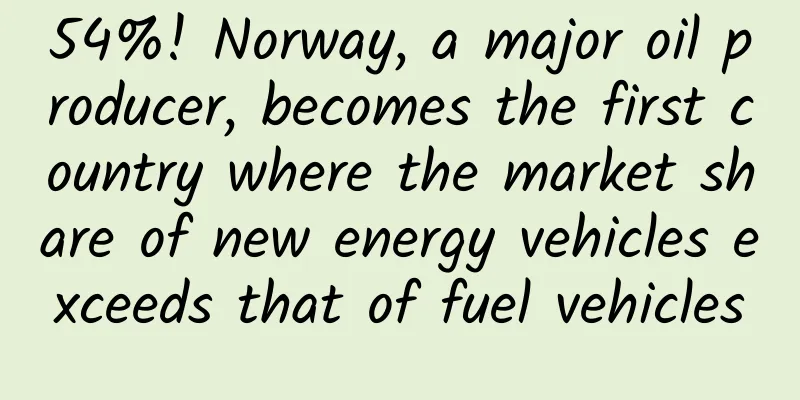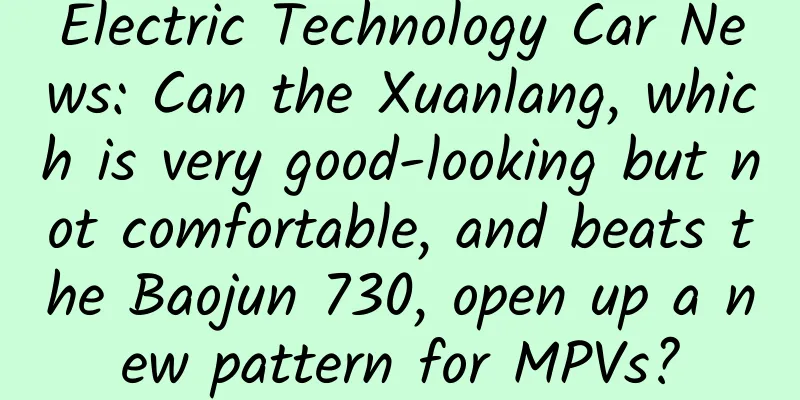The price war of automobiles that is divorced from technological progress is tightening the noose around the neck of the industry.

|
The price cuts in the Chinese auto market have attracted the attention of the entire industry, and there are more and more criticisms. In order to keep up with the price war, many manufacturers have resorted to delaying payments to suppliers, reducing workers' benefits, selling inferior products as good ones, and cutting corners to reduce costs. To reduce costs, is it really necessary to kill one thousand enemies and lose eight hundred of our own? Simple economic principles tell us that only cost reduction brought about by technological progress can truly drive efficiency improvements for the entire society. For example, "virtual development" has become popular in the research and development of European and American car companies in the past two years. Taking Volkswagen as an example, the research and development cycle of new models can be shortened from 5 years to 10 months. After adopting this technology, the production cost of the prototype alone will save millions of euros, not to mention the platform research and development costs of nearly 10 billion euros. Volkswagen's MEB platform cost 7 billion euros. Virtualization in the automobile production process is actually a virtual simulation technology. It uses supercomputers to model various data and simulate the physical parameters that may occur in reality, so that the same effect as actual testing can be achieved in the laboratory. We often see certain car models undergoing high temperature and high cold tests in the northeast and northwest, or in wind tunnels in the southwest. These are part of a vehicle's testing and verification. Product validation is the most time-consuming part of the automotive development process, which requires a variety of routine and targeted tests. In the past, automobile manufacturers judged whether brake pads were reliable mainly by collecting data through field tests under different road conditions, and then analyzing the data to find the optimal parameters before daring to mass produce and market them. This process is time-consuming and labor-intensive, not only incurring a lot of costs, but also prolonging the testing cycle. With virtualization technology, testers from automakers can make judgments about the performance of the car after mass production in the laboratory, with a degree of accuracy that even exceeds traditional testing methods, and the cost and testing cycle can be compressed to the extreme. Are the safety performance of cars developed using this technology guaranteed without field testing? There is no need to worry about this. From space shuttles to aircraft carriers, this technology is used, and the reliability of cars will not be higher than theirs. For example, Boeing can complete a total of 45 years of effective flight test time within 5 weeks after adopting virtual testing methods. China's Commercial Aircraft Corporation is even ahead of Boeing in this technology. Before the commercial trial operation of the famous large aircraft C919, the cumulative test flight time was only 100 hours, and the rest was verified on the computer. In the automotive industry, Volvo Cars has been gradually adopting virtualization technology since 2012, and the new car development cycle has been shortened to about 20 months. Large aircraft and Volvo cars are products that require very high safety. Therefore, cars produced through virtual technology will definitely have no problems in terms of safety and reliability. It is a real technological advancement, and is by no means a low-level "involution" that exploits suppliers and employees. This is the correct approach for automakers to deal with the "price war". Many people like to associate "low cost" with "cutting corners" and believe that "cheap goods are not good", but we are in an industrialized era, one of its major characteristics is to continuously reduce costs and increase efficiency. Such examples have appeared many times in the history of automobile development. Cars entered thousands of households with the launch of the Ford Model T in 1908, which was the world's first car produced on a large-scale assembly line. Before this, it took Ford 14 hours to produce a chassis. After adopting the assembly line, this time was shortened to 1.5 hours, and the cost reduction speed far exceeded that of current new energy manufacturers. The assembly line is a sacred object that allows industrial products to enter the homes of ordinary people. In 1994, the national per capita disposable annual income was 1,900 yuan, and the price of Santana 2000 at that time was 280,000 yuan. Ordinary people had to save for more than 140 years to afford this car. When it was discontinued in 2021, its price was only 87,900 yuan, which most ordinary people could afford with their annual income. This is the power of industrialization and technological progress. In fact, what drives down the average price of vehicle models is the cost reduction due to technological progress and expansion of scale. This price reduction is a positive reflection of the healthy development of the industry. The initial price war in China's new energy market was not initiated by domestic manufacturers, but by Tesla. Starting from September 2022, Tesla began to significantly reduce the prices of its models. As early as 2020, Musk declared that he wanted to make Tesla affordable for more people, especially low-income groups. This price reduction was recognized by the industry and consumers at the time, and prompted domestic manufacturers to increase their research and development efforts. But why are people so disgusted with the recent price cuts in the auto market? The reason is that it is not entirely based on technological progress, but more on the squeeze of the supply chain. Low prices are certainly what consumers want to see; but if such low prices make manufacturers, distributors and consumers feel uncomfortable, then it will have a side effect on the entire industry. Especially some manufacturers, in order to reduce costs, do not hesitate to cut corners. The price is reduced, and the consumer experience also declines significantly. Low prices and low quality will only destroy the entire industry. In the long run, the average selling price of the automobile market is constantly decreasing, which is an irreversible trend. If this low price is based on technological progress and allows users to have a better car experience, then this low price is worth encouraging; If the low price is based on bottomless cost compression, then this low price is like a rope around your neck. The harder you lower the price, the tighter it will be. As a winner of Toutiao's Qingyun Plan and Baijiahao's Bai+ Plan, the 2019 Baidu Digital Author of the Year, the Baijiahao's Most Popular Author in the Technology Field, the 2019 Sogou Technology and Culture Author, and the 2021 Baijiahao Quarterly Influential Creator, he has won many awards, including the 2013 Sohu Best Industry Media Person, the 2015 China New Media Entrepreneurship Competition Beijing Third Place, the 2015 Guangmang Experience Award, the 2015 China New Media Entrepreneurship Competition Finals Third Place, and the 2018 Baidu Dynamic Annual Powerful Celebrity. |
<<: AMD's 15cm R9 Nano graphics card also suffers from "electrical whistling"
Recommend
Heart stents cannot be a permanent solution. If you reduce the dosage at will, the blood vessels may become blocked again.
Lao Wang was admitted to the Department of Cardio...
How much does it cost to customize the Qitaihe Electric mini program? What is the price quote for the customized Qitaihe Electric Mini Program?
The factors affecting the quotation of Qitaihe El...
iOS 14 exposure: Apple is expected to allow users to change the default browser
For a long time, iOS has been a bit inhumane, in ...
This "metropolis" in the heyday of the Tang Dynasty had a population of over one million! How did it reappear in the world a thousand years later?
On December 11, 1961, the ruins of a metropolis w...
Why do you always choose the slowest one in the queue? You may have stepped on the hidden "Law of Bad Luck"
Have you ever had this experience: you see the te...
What details should be paid attention to in SEM bidding?
Detail 1: Keyword accuracy. The core theme of SEM...
The "Exploration No. 1", which once caught lionfish and hook shrimp in the deep sea of 10,000 meters, has completed a new mission
On the afternoon of January 26, the "Explora...
Apple's smart ring may become a reality. Which is the way out for iRing?
Recently, a patent of Apple named "Device an...
New energy vehicles are developing in a polarized manner, and the auto market has entered a wait-and-see period
June 12 is the last day of the transition period ...
Long article with useful information | This article teaches you how to write popular user cases!
User cases are common promotional materials, and ...
Learn the correct method to improve exposure!
My friends, I believe many of you are worried abo...
How many of those fever rumors have you fallen for?
This is the 3587th article of Da Yi Xiao Hu In wi...
Information flow advertising: This is what pictures and texts with high click-through rates look like!
When you choose a channel , each channel will tel...
How to acquire users at low cost when starting an Internet business after 2016?
No matter it is a capital winter or an industry b...
New energy vehicle patent list released: Traditional car companies are good at invention, while new forces are strong in appearance
Technology and innovation are the focus of the de...









